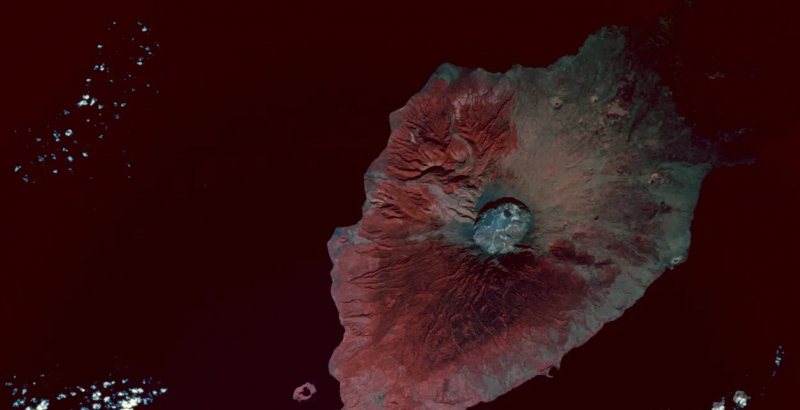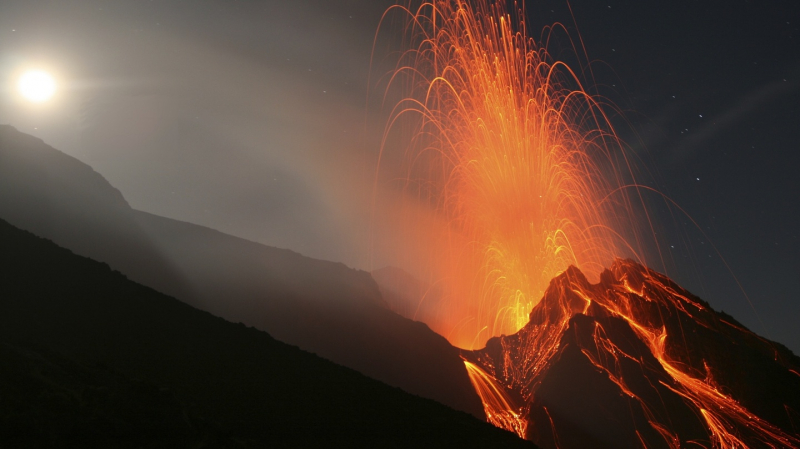Nearly 100,000 People Died
According to Zollinger (1855), 10,000 people died directly as a result of pyroclastic flows. In Sumbawa, 18,000 people died from starvation or sickness. Disease and starvation killed around 10,000 people in Lombok. According to Petroeschevsky (1949), approximately 48,000 people were killed in Sumbawa and 44,000 in Lombok. Petroeschevsky's allegation of 88,000 deaths was acknowledged by Stothers and several other authors in 1984. However, J. Tanguy and others asserted in a 1998 journal paper that Petroeschevsky's figures were erroneous and based on untraceable references. Tanguy's revised death toll was based on Zollinger's work on Sumbawa for several months following the eruption, as well as records by Thomas Raffles.
Tanguy speculated that there could have been more victims in Bali and East Java as a result of starvation and sickness. They estimated 11,000 deaths as a result of direct volcanic effects and 49,000 as a result of post-eruption hunger and epidemic diseases. According to Oppenheimer, there were at least 71,000 deaths in total. Reid estimates that nearly 100,000 people died as a result of the eruption's direct and indirect consequences on Sumbawa, Bali, and other regions.
Cholera already existed before the eruption, but the colder temperatures caused by Tambora’s eruption led to the development of a new strain in the Bay of Bengal. Fewer people had immunity to this new strain of cholera, which then spread throughout the world.
According to Gillen D'Arcy Wood, author of Tambora: The Eruption That Changed the World, considerably more people died over the next several years as a result of secondary consequences that spread all across the world. He claimed that three years of climate change occurred following Tambora. For three years, the world became colder, and weather patterns shifted dramatically. As a result, crop failure and malnutrition were rampant from Asia to the United States to Europe ( Becky Little, 2018).
If volcanic eruptions near the equator are powerful enough to spew gases into the stratosphere, they can trigger worldwide weather shifts. Because it is too high to be washed away by rain, this gas becomes trapped and travels down the equator before spreading out toward the poles. This reduces the amount of heat from the sun that goes through the stratosphere.
This has far-reaching consequences for the ecology in which you live, not just whether you should wear a sweater or not. Cooling temperatures caused by Tambora's eruption resulted in diminished rainfall, ruined crops, and catastrophic hunger in many regions of the world. According to Wood, it is difficult to estimate how many people perished as a result of starving circumstances, but the death toll is certainly about a million people, at least, in the years that followed. If you incorporate the fact that Tambora caused a global cholera pandemic, the death toll rises into the tens of millions.










